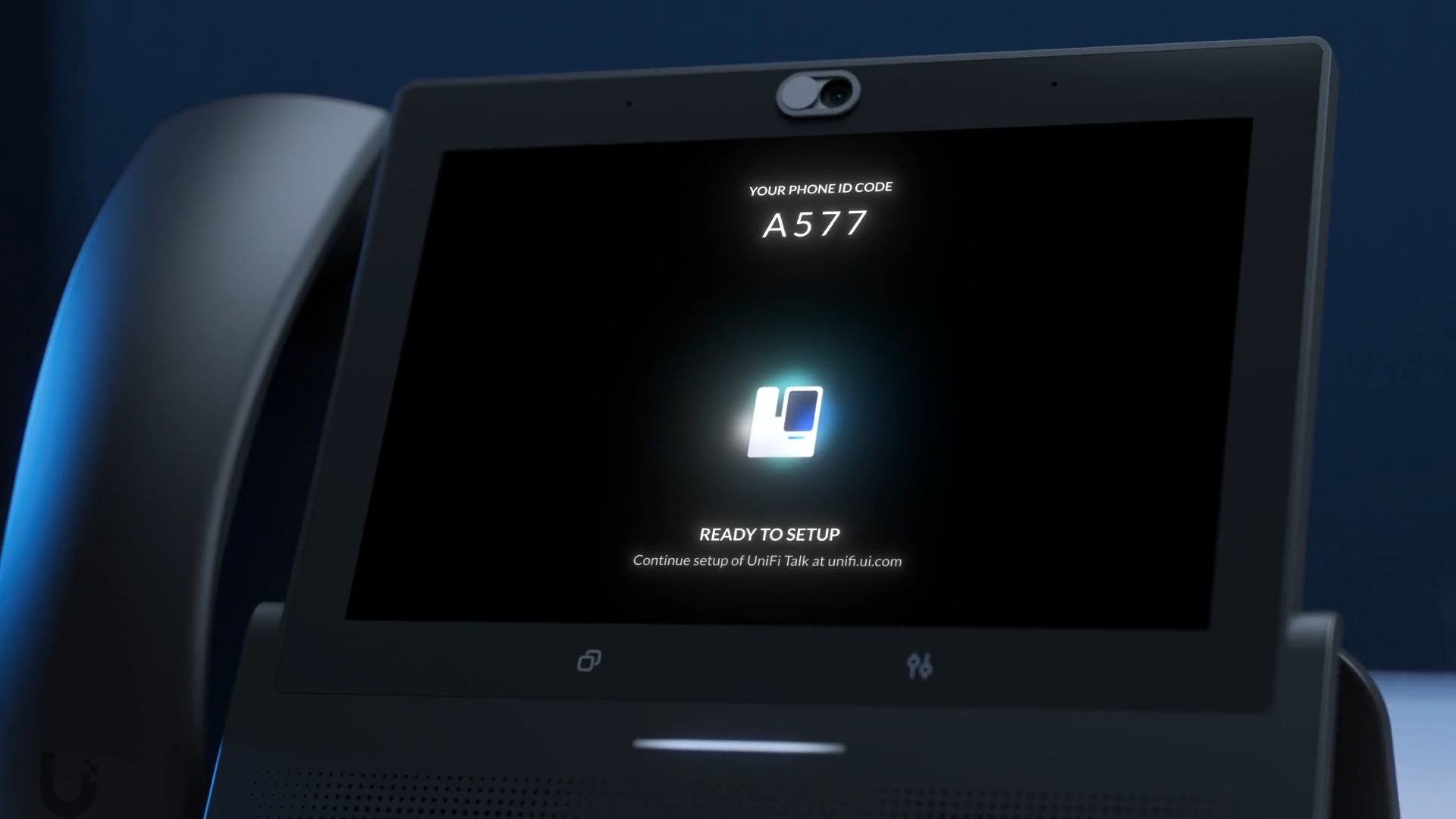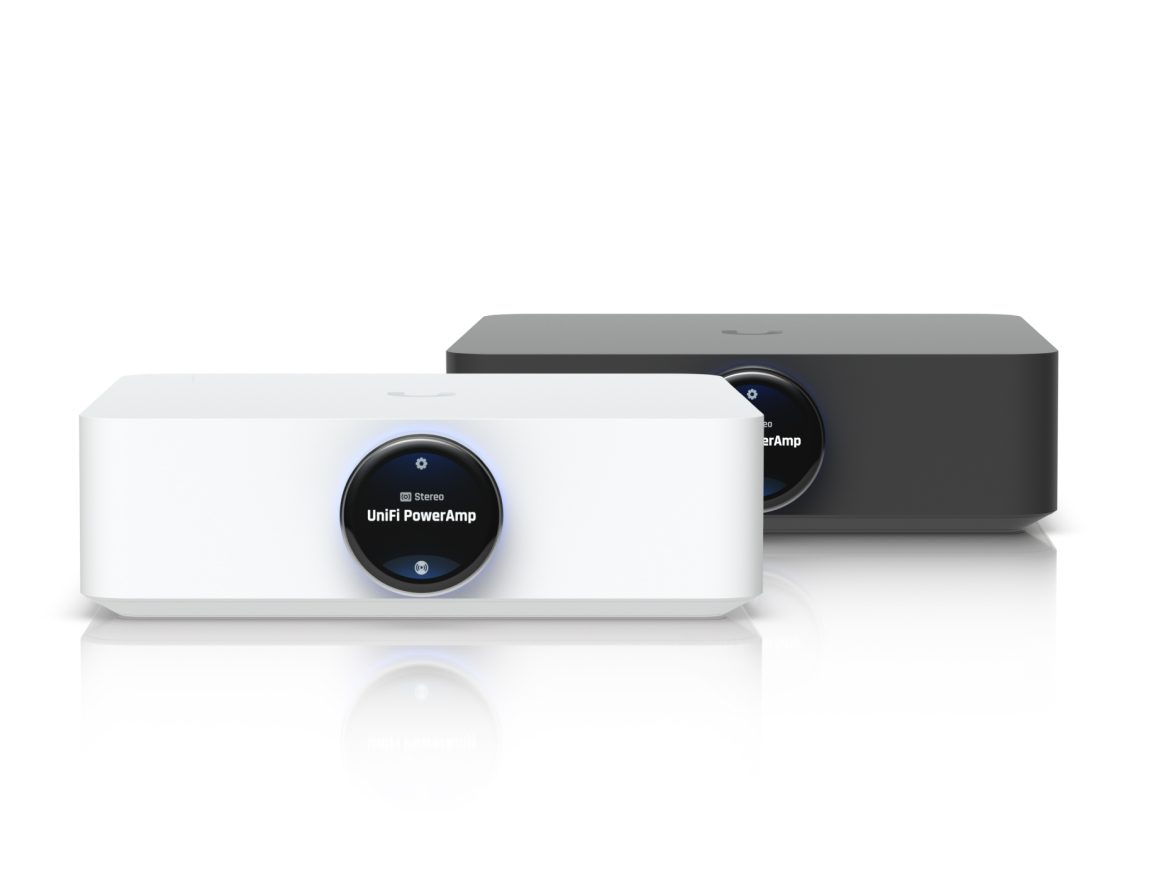Some of the links shared in this post are affiliate links. If you click on the link and make a purchase, we will receive an affiliate commission at no additional cost to you.
UniFi, known for its high-quality networking products, has introduced its new USW-Flex-2.5G – a 5-port switch designed specifically for modern network environments where higher bandwidths and speeds are becoming increasingly important. The switch offers a maximum speed of 2.5 Gbps per port, making it an ideal candidate for demanding home users who want to get the most out of their networks.
Technical details of the new UniFi USW-Flex-2.5G
The new UniFi USW-Flex-2.5G Switch is equipped with five ports, all of which support speeds of up to 2.5 Gbps. It offers the easy integration into the UniFi ecosystem that is typical for UniFi products, which enables centralized management via the UniFi Network Application. The switch is self-powered via PoE or via a USB-C power supply. It is not possible to use a PoE output to supply other devices with power via the network cable.
Comparison with the older version: UniFi USW-Flex-Mini
Compared to the older version, the UniFi USW-Flex-Mini, the technical progress is clear. Although the USW-Flex-Mini also offers a compact design and is more cost-effective, it only supports Gigabit Ethernet (1 Gbit/s) per port. The leap to 2.5 Gbit/s in the new model is particularly important for those who want to move higher data volumes in the network, for example through NAS systems (Network Attached Storage), modern Wi-Fi 7 access points or when using 4K streaming and gaming. The USW-Flex-2.5G therefore offers a clear advantage in terms of bandwidth and future-proofing, as more and more devices and internet connections require speeds beyond 1 Gbit/s. The 2.5 times faster bandwidth costs around 74% more than its predecessor at around €54 in the Official Unifi Store.


2.5 Gbit is becoming increasingly important
In recent years, the demands placed on networks have risen continuously. While 1 Gbit/s networks were the standard for a long time, we are now seeing a growing need for 2.5 Gbit networks. This trend is being driven primarily by Wi-Fi 6 and the upcoming Wi-Fi 7, which offer speeds that quickly push a classic 1 Gbit network to its limits. The additional bandwidth is also crucial for modern applications such as cloud services, high-resolution streaming, virtual reality applications or remote workstations.
Another factor is the growing use of NAS systems and home servers in home user environments. These systems are designed to make large amounts of data, such as media libraries or backup data, available on the network. With 2.5 Gbit/s, data can be transferred and retrieved much faster, which significantly improves performance and user experience.






